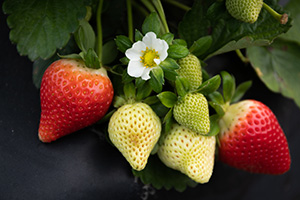The Neighborhood Gardener October 2024
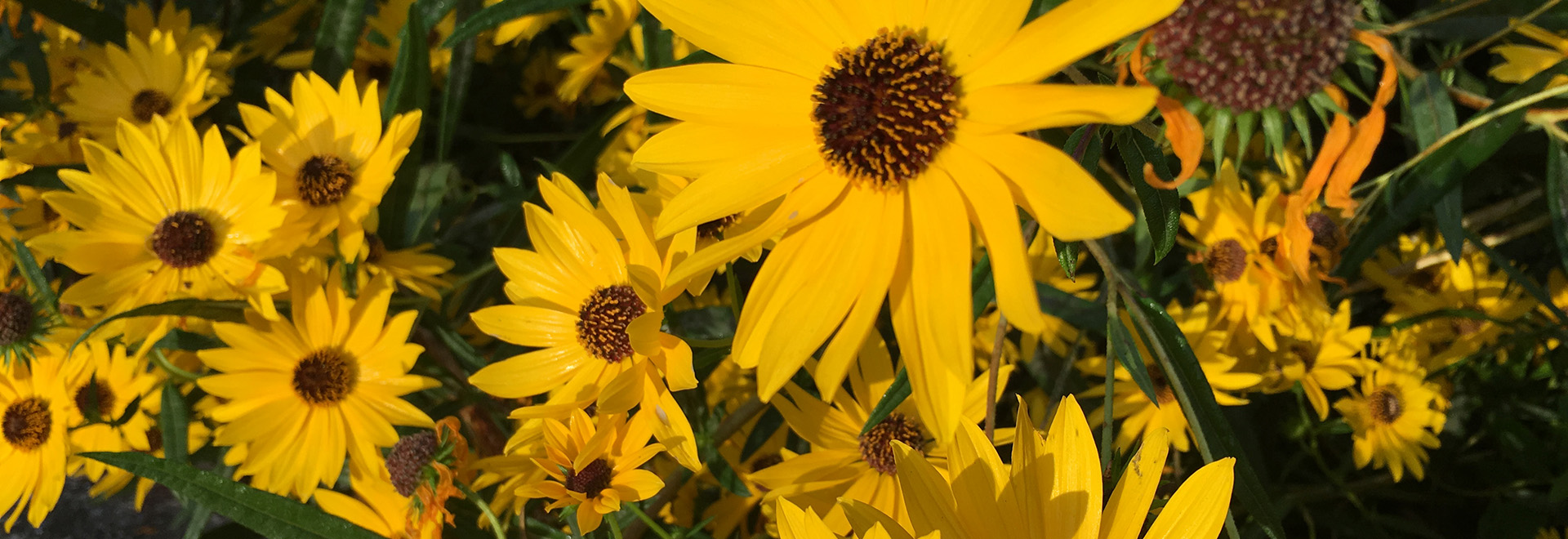
Haunted Garden: Frightfully Spooky Plants

What manner of creepy plants are lurking in the garden this Halloween? Whether you are making a witches’ brew, creating a sinister potion, or looking for an eerie vibe, these plants are sure to make anyone squeamish. From pungent to downright peculiar, we have a few bloodcurdling plants to get you in that spooky mood.
The Invisible Nuisance: Nematodes for Beginners
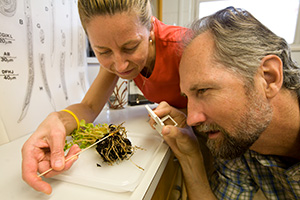
There are many life forms residing in your yard—some are welcome residents while others remain less desirable. Nematodes are tiny roundworms, so small they cannot be seen with the naked eye. Most nematodes are beneficial, but some feed directly on live plants, damaging the root system and hindering a plant’s ability to gain nutrients and water from the soil. Learn more about these microscopic menaces and how to spot a possible invasion in your landscape.
Gardening to Heal: A Wellness Approach to Low Back Pain Management
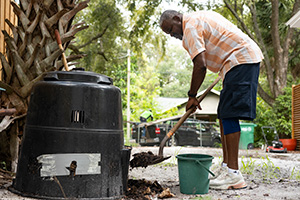
The healing power of plants presents itself in more ways than one. One research-backed method of healing through gardening is therapeutic horticulture. Therapeutic horticulture engages people with plant and nature-based activities, guided by a professional. Research has shown that therapeutic horticulture can improve both brain and physical function. And new research suggests the therapy can even help those with low back pain.
Wendy’s Wanderings

Some gardeners meticulously apply the principles and elements of landscape design when creating a fresh landscape or new bed, while others prefer to improvise, relying on intuition to create what feels right and looks good. Personally, I love discovering that my “winging it” often results in a landscape that follows formal design principles without even realizing it. The core elements of landscape design are mass, form, line, texture, and color. Let’s explore each of these elements and how they can transform a garden.
Plant of the Month: Moonflower
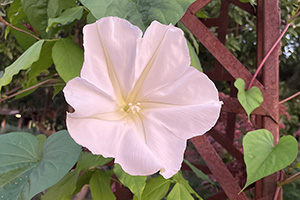
If you want to add some mystery and nighttime glamor to your garden, consider moonflower. Also known as tropical white morning-glory, moonflower is a native Florida vine featuring fragrant, white nocturnal blossoms that unfurl at dusk and close the next morning. Moonflower is suitable for USDA Zones 11-9B and does best in full sun or partial shade with moist, well-drained soils. As a low-maintenance plant, moonflower offers a unique vine ideal for the moonlight garden. Learn more about Ipomoea alba.
October in Your Garden
October is the month for planting cool-loving annuals like dianthus, impatiens, and pansies. It’s also a great time for planting vegetables like beets, broccoli, leafy greens, and radish. And don’t forget the strawberries—this is Florida’s short window for planting.
For more month-by-month gardening tips, check out the Florida Gardening Calendar. Three different editions of the calendar provide specific tips for each of Florida’s gardening regions—North, Central, and South.
What’s Going On?
If your Master Gardener Volunteer program or Extension office is having an event, be sure to share it with us.

